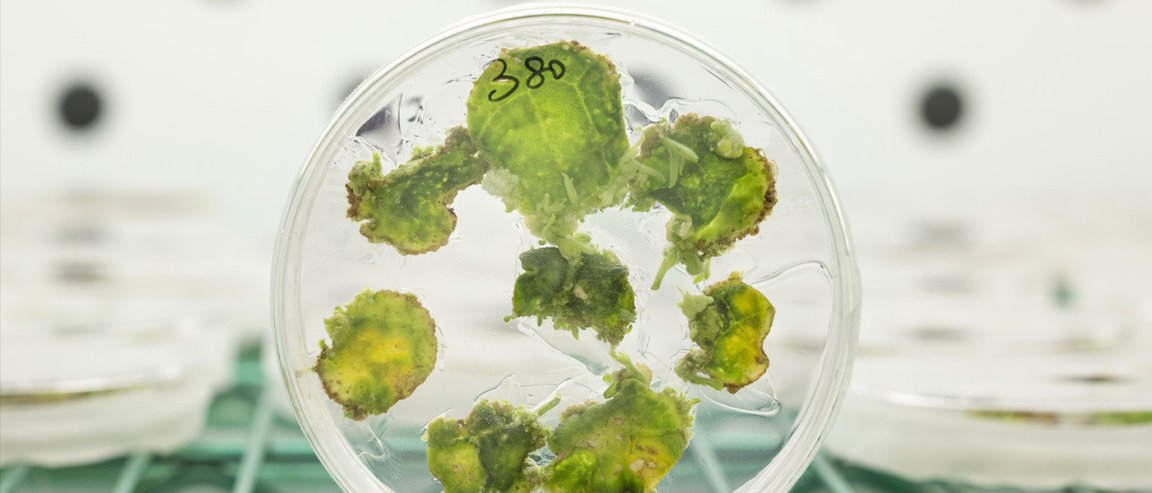
Tweaking an Essential Process
In terms of plants, the concept of genetically modified organisms (GMOs) often refers to the insertion of genetic information from one species of plant to another so that the recipient plant gains a desirable trait. This process has been used extensively to improve crop yields. For example, one type of rice has been made waterproof so that yields aren’t affected by heavy floods from typhoons.
Now, a group of researchers from the University of California, Berkeley, has published a paper in the journal Science that takes a different approach to increasing crop yields. Instead of inserting genetic information from one species of plant into another to change it, these biologists used genetic modification to tweak a mechanism already inherent in plants.
Plants have a form of “sunshield” that prevents them from getting damaged due to excessive sunlight (yes, even plants get sunburn). The mechanism is called nonphotochemical quenching (NPQ), and during it, chloroplasts expel excess photons as heat. The problem lies in the delay in turning off NPQ when the excessive light disappears. Plants could still experience NPQ for hours in the shade or after the sun goes down, leading to less photosynthesis and, subsequently, less crop production.
The team from UC Berkeley identified three proteins responsible for turning off this mechanism and theorized that adding more copies of those proteins to a plant would compel it to relax NPQ faster. They tested their theory on tobacco plants as a proof-of-concept, adding genes for the proteins from a lab plant to the tobacco. Their experiment showed an increase in the tobacco plants’ weight by around 14 to 20 percent compared to unmodified plants.

Alleviating World Hunger
While it’s only been tested on tobacco so far, the team is hopeful that their method could be used to improve the yields of crops such as cowpeas, rice, and cassava since most plants have the same NPQ mechanism as tobacco. Essentially, this means the research could potentially lead to an increase in the world’s food supply.
Stephen P. Long, one of the crop scientists leading this research, says that it would take a long time for this technology to reach farmers, but if it does prove to be successful, it could lead to what he calls a “second green revolution,” reminiscent of the first one that happened in the ’60s and ’70s, which saw a reduction in world hunger due to the sharing of advanced agricultural techniques with poorer countries.
“We hope it translates into food crops in the way we’ve shown in tobacco,” said Dr. Johannes Kromdijk, Dr. Long’s collaborator in the study. “Of course, you only know when you actually try it.”